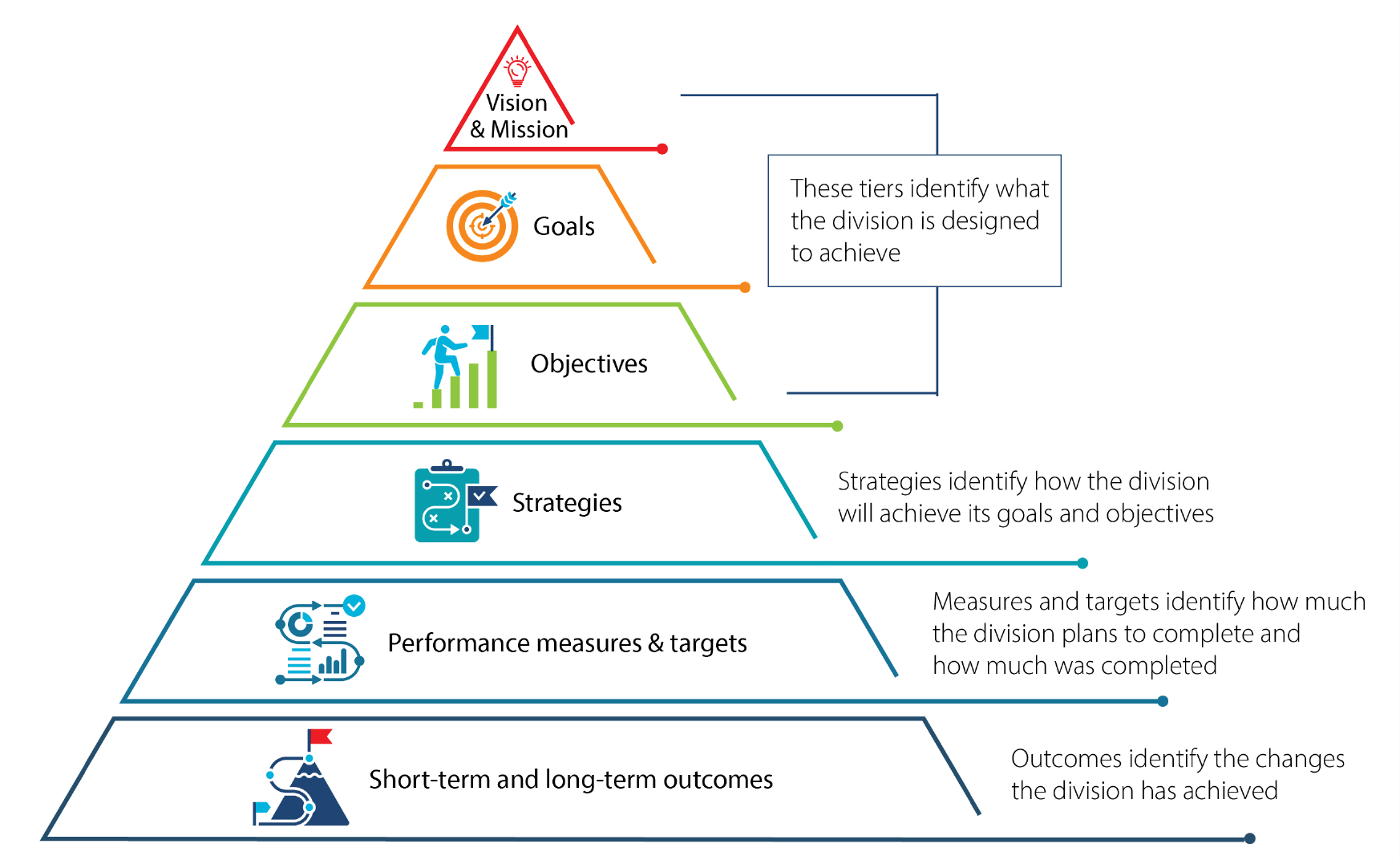The Department of Commerce is tasked with enhancing and promoting the state’s economic vitality. State law requires Commerce to cooperate with the state Legislature and governor in developing and enacting strategic plans to address community and economic development. Strategic planning helps organizations determine what they plan to accomplish and how to measure their progress. Commerce’s Office of Economic Development and Competitiveness (OEDC) manages a number of economic development programs, which are overseen by its six units.
In light of OEDC’s recent leadership changes and planning activities, this audit focused on identifying leading practices around strategic planning and performance management to support its ongoing efforts. The audit also researched other states’ economic development plans to provide examples of how they have implemented these practices.
Read a two-page summary of the report.

